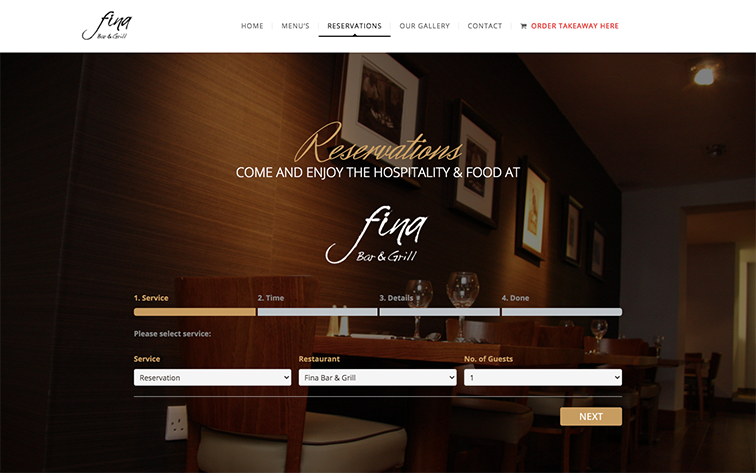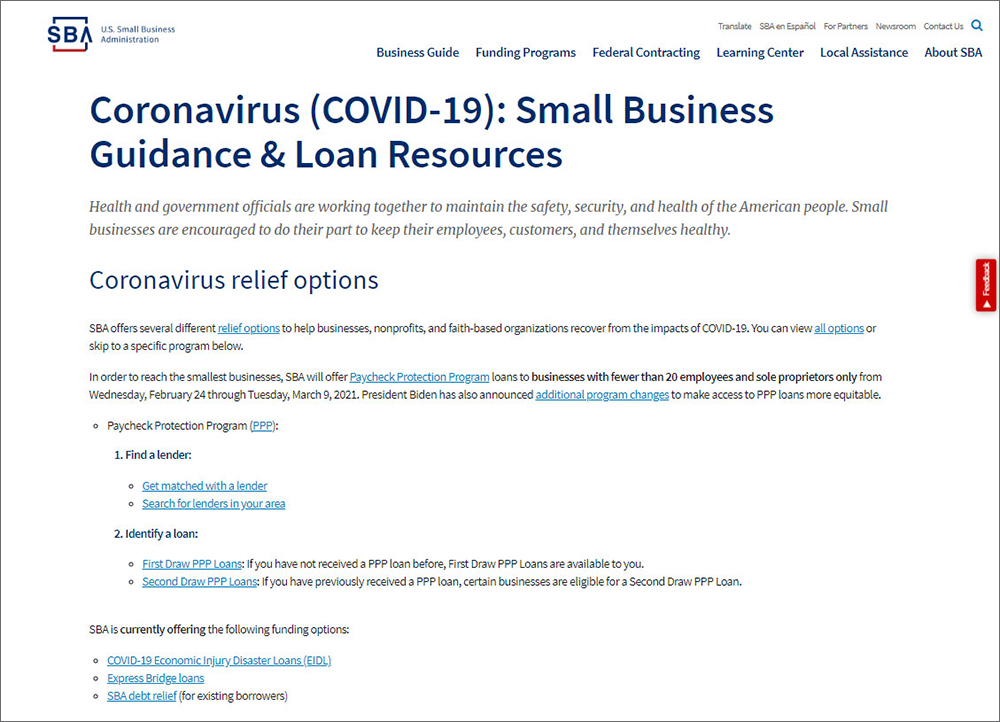COVID-19 (Coronavirus) is the single most disruptive crisis the business world has ever encountered. Its impact on small businesses across the world has been devastating. According to statistics, COVID-19 induced poor sales are among the biggest problems faced by small business owners over the last year.
With global shutdowns, travel, and even courier restrictions, the past year has introduced the industry to challenges that were previously unimaginable. Whether you’re a business owner that’s managed to survive the pandemic or someone planning on starting a new venture, this crisis management guide will help you deal with Covid-19 and similar situations that the future may have in store.
How to help small businesses reopen in a COVID-19 hit world?
What makes COVID-9 such a difficult problem to deal with is that it impacts different businesses in a different manner, on a different scale. While a business located in one geographic location may have been hit badly due to a large number of COVID-19 cases in the region, another business from the same niche and of the same size may have been less affected.
While some businesses have managed to remain functional at reduced capacity in the past year, others have had to quit operations altogether. If you own a COVID-19 affected business and are trying to ascertain when and how to reopen at full scale, you’ll need to consider these factors:
The government’s guidelines
If your business operations have been impacted by the local government’s rulings related to dealing with COVID-19, you can check the state-wise guidelines for reopening of businesses by the U.S. Chamber of Commerce to gain information about the current and future COVID-19 business regulations for your area.
The Centers for Disease Control and Prevention (CDC) requires your business to satisfy these criteria before considering reopening:
- The COVID-19 risk levels for your community need to be low.
- The reopening of business complies with the state and local government body’s orders.
- You’ve taken the necessary measures to protect your staff from infection.
The severity of COVID-19 cases in your area
COVID-19 has proven itself to be quite hard to eradicate, with many countries facing waves of fresh cases after the businesses reopened. If you’re located in an area where COVID-19 cases have been on a decline, a rise in positive cases in the future can still affect your day to day operations and sales.
The nature of your business
While businesses that functioned as a full to partial online entity have mostly been able to remain functional to varying degrees, physical businesses that lack the capability of doing online sales have been hit the worst by COVID-19.
If you own a business with little to no online sales capabilities, you’d do well to prepare for future problems by adhering to basic safety and sanitization practices, ensuring you can abide by the minimum social distancing norms (a gap of at least six feet between individuals) in your workspace.
Crisis Management Tips for COVID-19
Whether you’re running regular business operations amidst the ongoing pandemic or looking forward to reopening your business after a period of inactivity, these tips will help your business remain safe and profitable for all involved:
1. Identify the areas of operations most affected by COVID-19
You need to identify the operations activities most hit by COVID-19, so you can begin to find alternative ways of conducting them. For instance, if you own a restaurant and your sales were impacted by limited customer attendance or the public’s general apprehensions about ordering food, you can remedy these issues by looking to create more physical space, improving your online menu and delivery services, and advertising the safety norms being followed during food preparation and delivery.
2. Conform to safety guidelines
The CDC has strict guidelines in place for different businesses, including education and health care services, veterinary clinics, and more. Abiding by these guidelines will help you avoid any legal issues in addition to helping minimize the risk of spreading COVID-19. You can also advertise that your business conforms to the CDC’s COVID-19 guidelines and help build trust for your business.
The American Industrial Hygiene Association (AIHA) has created a Back to Work Safety initiative for businesses such as gyms, restaurants, salons, and more. Make sure to adapt your daily operations to meet these guidelines.
The American Industrial Hygiene Association (AIHA) has created a Back to Work Safety initiative for businesses such as gyms, restaurants, salons, and more. Make sure to adapt your daily operations to meet these guidelines.
3. Stimulus packages and other financial benefits
The new stimulus package from the government is expected to bring huge industry-wide benefits to businesses affected by COVID-19. If you’re in need of financial aid for covering expenses such as utilities and rent, you can check your eligibility for existing state and federal financial aids such as the U.S. Small Business Administration’s disaster assistance loans employee retention tax credit facility offered under the Coronavirus Aid, Relief, and Economic Security or CARES Act.
4. Create a better online presence
Build your small business website if you don’t already have one. If your business has a basic website that’s not optimized to actually conduct sales, you should upgrade it so your customers can buy your services online in case of future shutdowns.
Social media is one of the best ways of improving your business’ online reach. If you aren’t utilizing social media channels such as FaceBook, Instagram, and YouTube, you should start doing so by creating dedicated pages for your business. Social media is an invaluable way of keeping connected with your customers even when you can’t actively extend your services to them.
Use relevant local keywords in both your website and social media posts to target your target demographic. Google Ads Keyword Planner is a handy, useful tool for finding local keywords. Google Trends is another valuable research tool that helps you identify the trending search terms over a specific time period.
5. Maintain good communication with your partners, staff, and customers
Remain in constant touch with your partners and employees, keeping them updated about your business’ current situation and future plans. Your employees’ feedback regarding the managerial process and work-related activities can help you make adjustments to deal with future crisis situations in a better way. If COVID-19 has affected the delivery of any accepted orders, make sure to inform the customers of your situation and offer a cancelation or refund.
6. Rework your marketing strategy
Your pre-COVID-19 marketing strategy might be completely useless in the current business environment. Take cues from how industry giants and your local competitors are handling their marketing campaigns. Identifying the marketing measures that are working for them and that you can use for your own business.
You’ll need to formulate your new marketing strategy on the basis of the current, changing needs of your consumer base. Consider whether your consumers need reassurances or proof that your product and services are safe. If there’s a change in pricing, you might want to highlight it in your new promotional outputs.
Make sure you keep your customer base updated about your status and reopening plans through regular emails and messages as well as periodic updates on your social media channels/pages. If there are any changes in your reopening schedule, ensure that your customers are made aware of the same.
One final tip – prepare to reopen your business with a bang. It doesn’t have to be anything big, just small discounts, some new products or services, even a different banner can help the reopening look like a special event, recapture the customers’ attention and help boost your sales.








